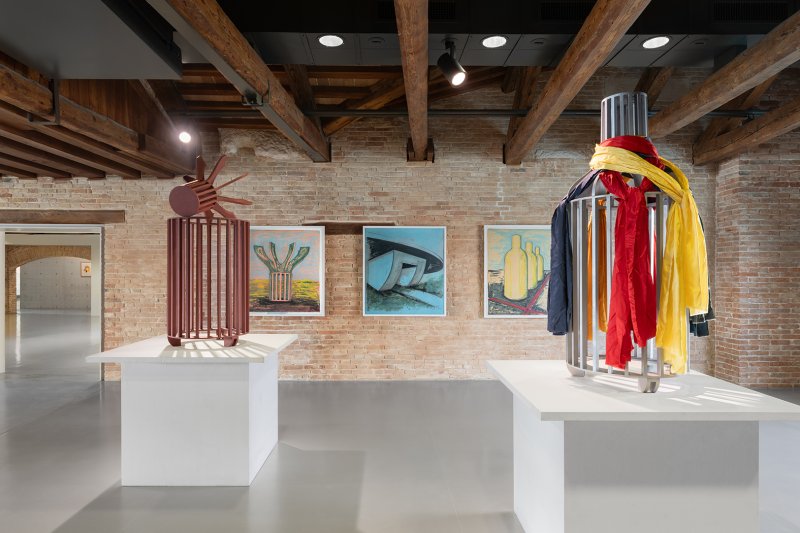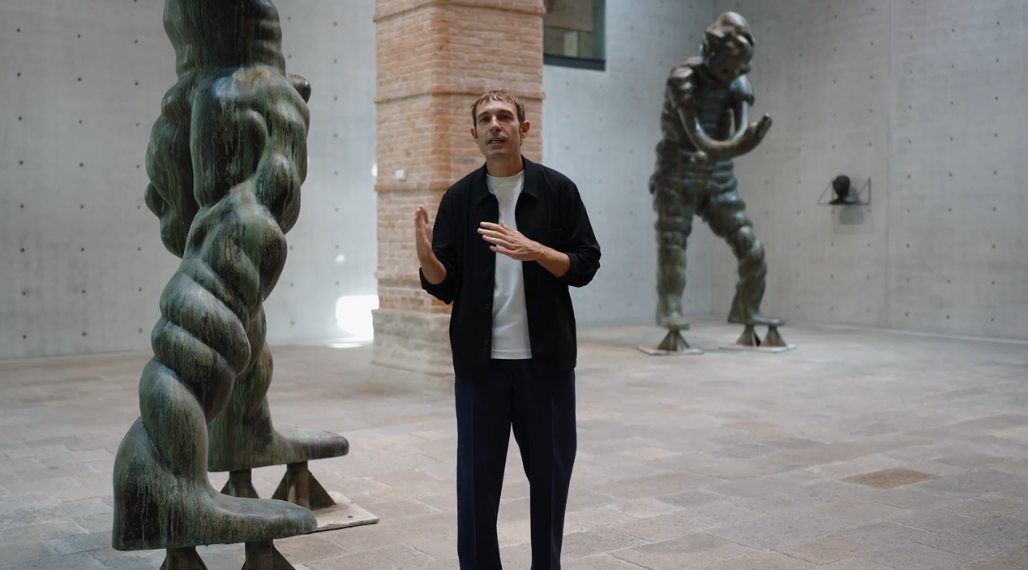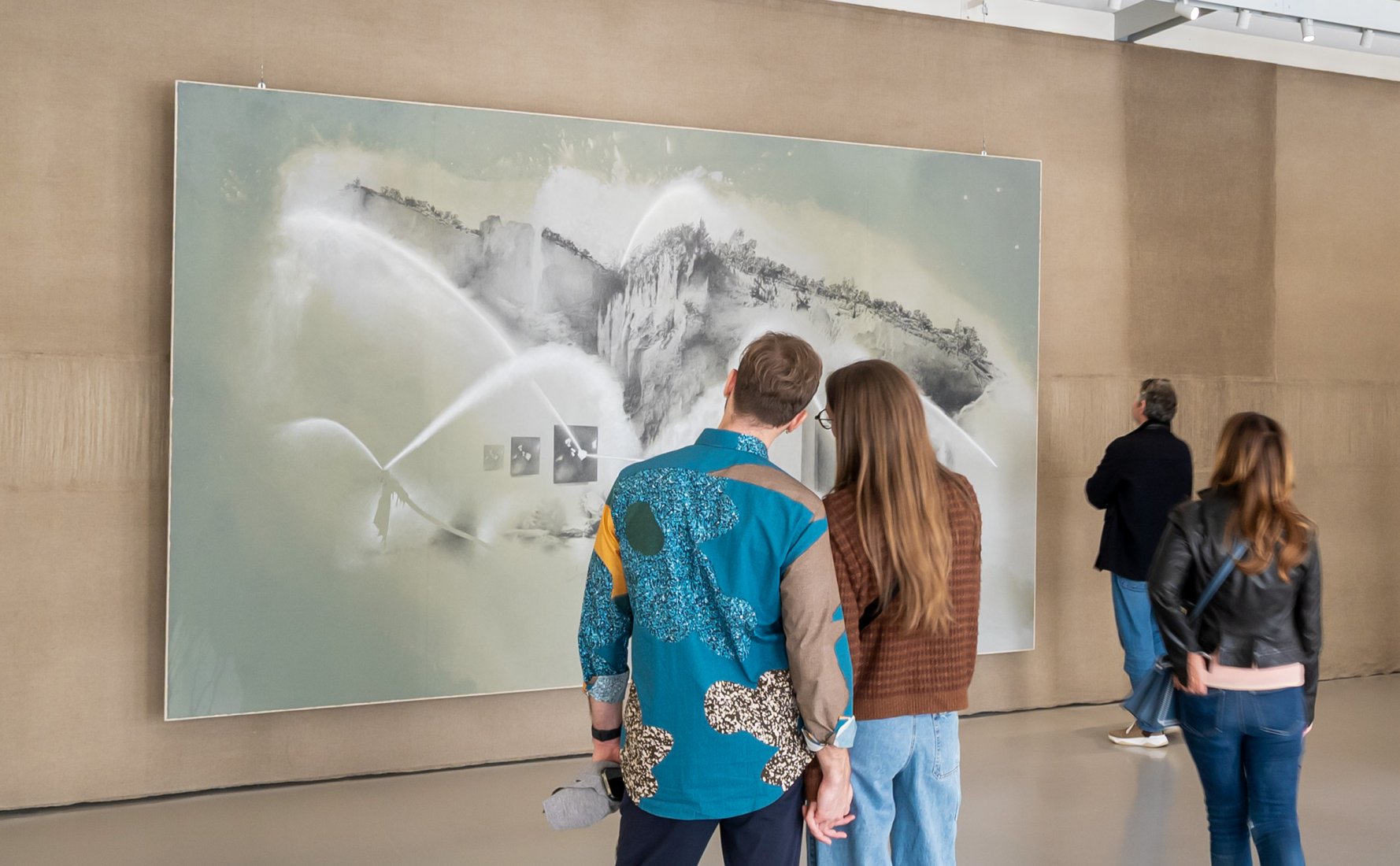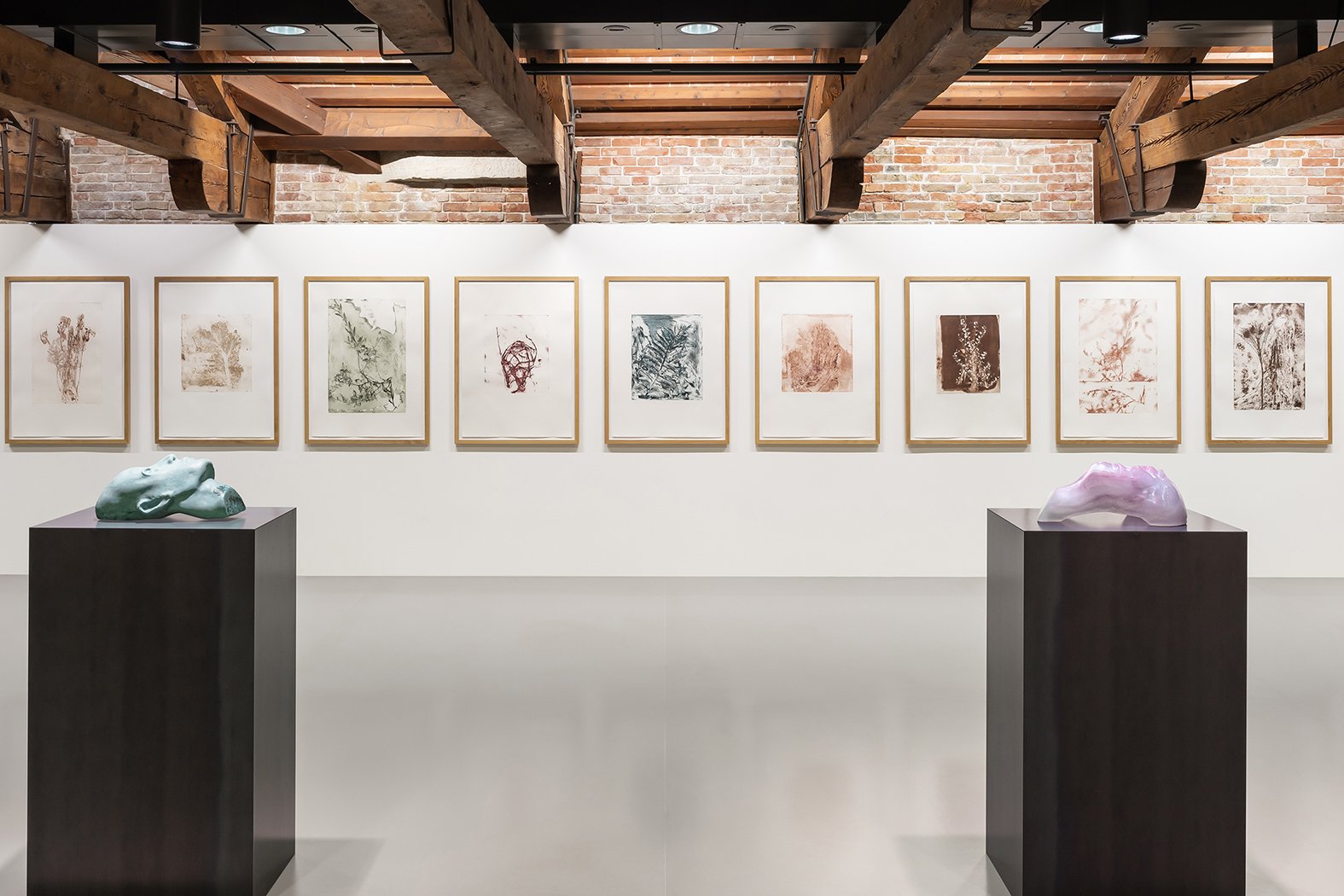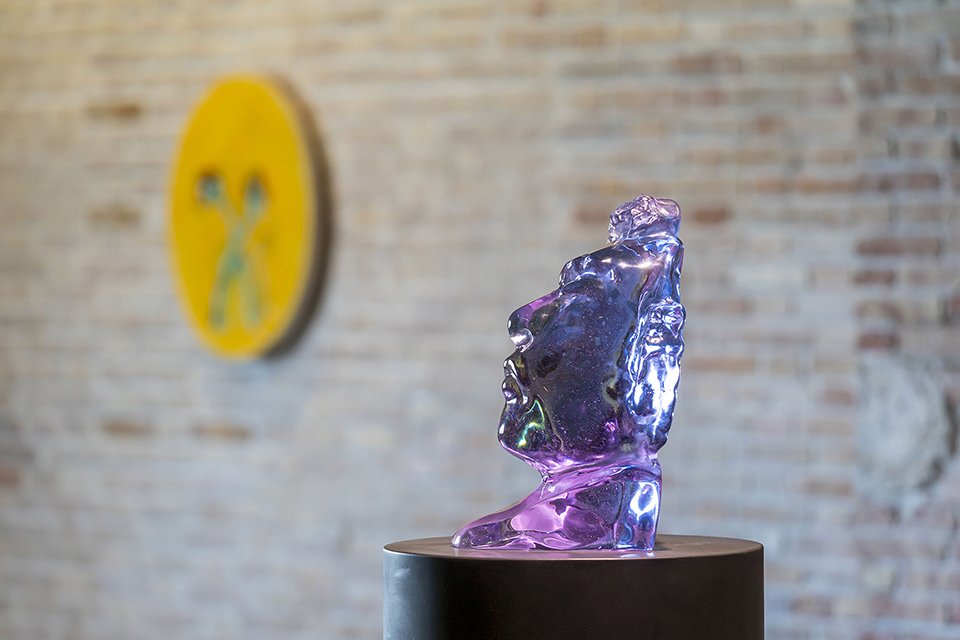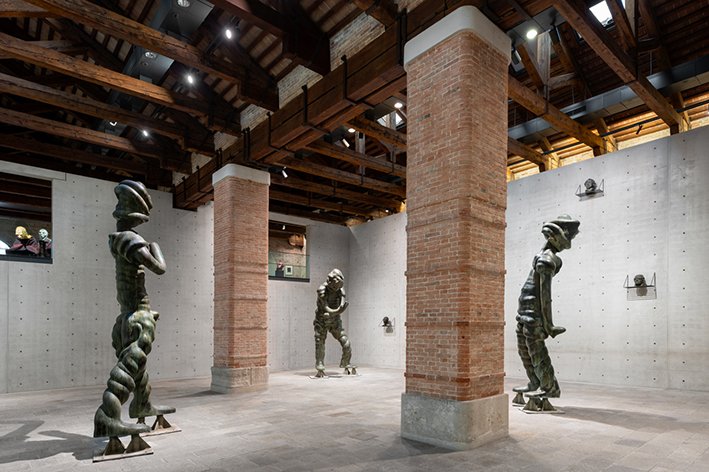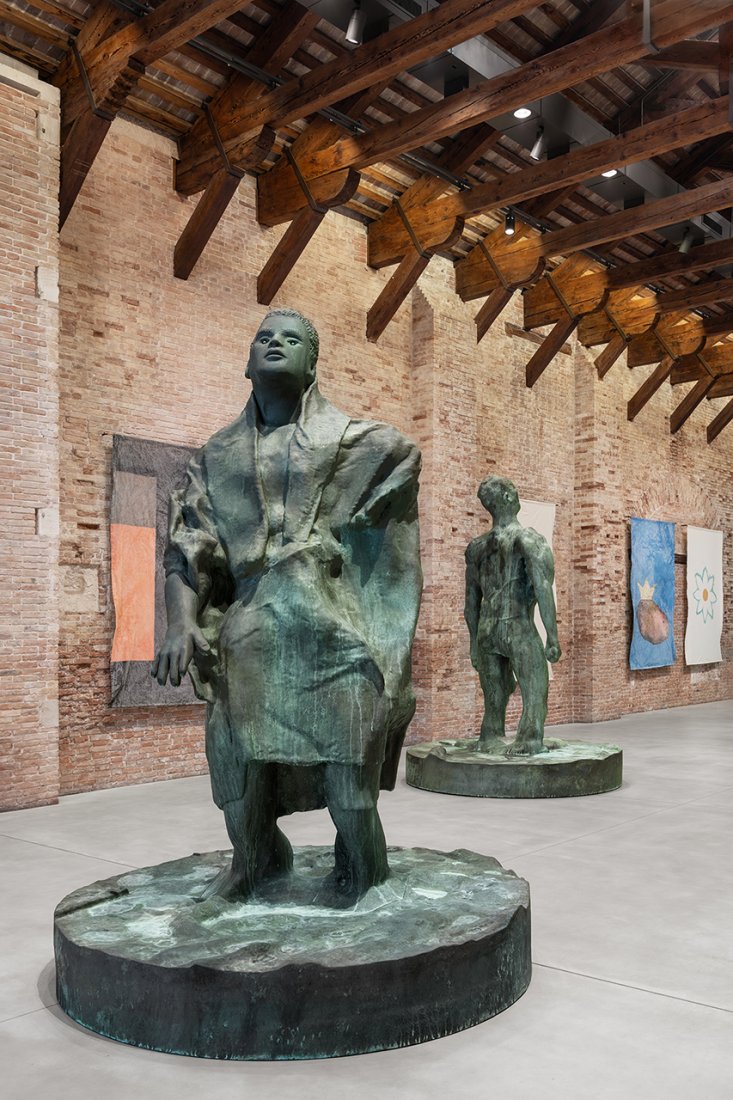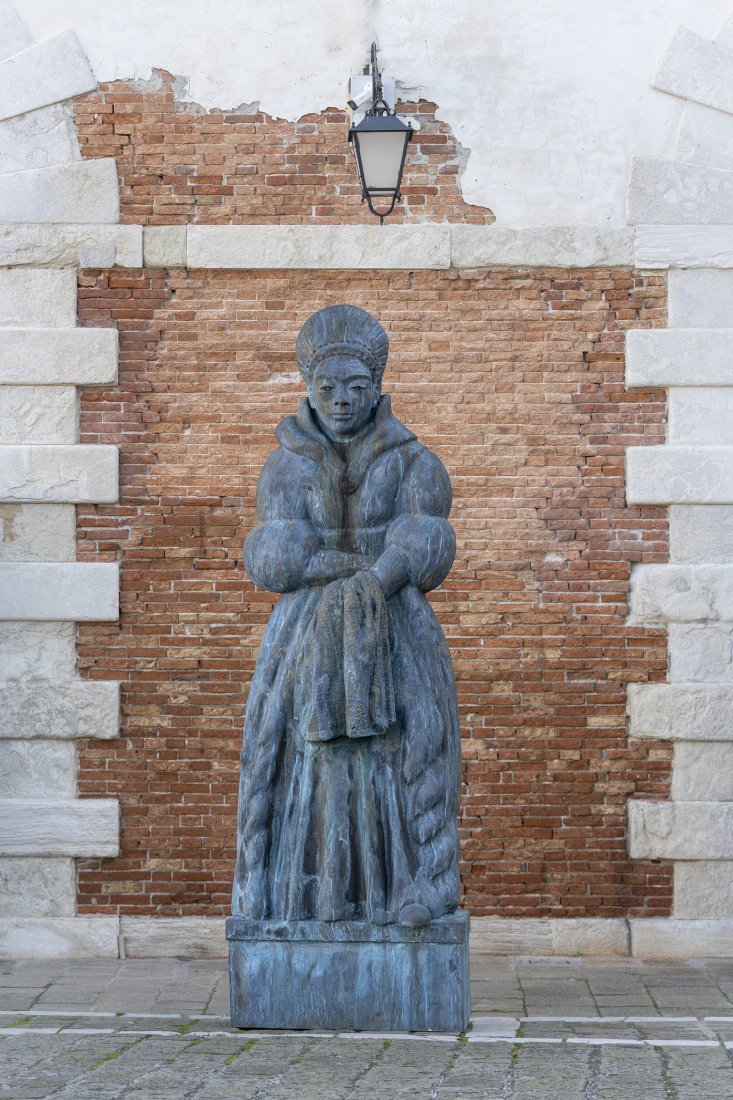"Thomas Schütte. Genealogie" by Camille Morineau and Jean-Marie Gallais
"The forms of the past give rise to those of the future, the very small becomes the very big"
If Thomas Schütte has retained one thing in particular from Gerhard Richter’s teaching at the Kunstakademie in Düsseldorf, it is the idea that an artist must build up a repertoire. This he did very early on, laying the foundations for the majority of his artistic ideas as early as the late 1970s, and he has been continually developing them ever since, giving his work a paradoxical sense of simultaneous coherence and eclecticism. The forms of the past give rise to those of the future, the very small becomes the very big, the “model” is transformed into reality, urban and natural environments and museums are turned into theaters, and all this with great freedom, making Thomas Schütte a major voice in contemporary art. The ease with which he moves between forms and media is astonishing, rare, and sometimes even disturbing, far from a “signature style.” The notion of a genealogy, understood in a range of ways, enables us to navigate through this vast repertoire, offering both a view on the exhibition and a summary of the contents of this publication. In this way, the word “genealogies” became a title, with the consent and complicity of the artist, whom we would like to thank for his commitment, his generosity, and his understanding of constraints.
[…]
Rather than attempting to summarize these peregrinations between motifs, forms, and materials—which we hope will be a pleasure and a surprise to read about and discover in the exhibition—we’d like to focus here on a surprisingly little-commented facet of Schütte’s work: the way he plays with gender stereotypes. Schütte says he is happy not to have to decide on the gender of some of his sculptures, like the Geister, for instance, those faceless “spirits” whose pantomime-like gestures enliven the space in which they appear; or the hybrid animals in his watercolors. Otherwise, it has to be said that his universe is polarized between two genders that he treats differently. On the masculine side, one finds grimaces, the arrogance of power, the clear-cut but absurd opposition between “good and evil,” dialogue between thugs, the “robes” of sacred and secular power poorly masking its emptiness. On the feminine side, it’s all interiority, the humility of closed eyes, calm, sometimes tears and emotion, the standing body connected to the earth—another, gentle form of authority. The freshly cast, monumental Mutter Erde [Mother Earth] (2024) is a response to its predecessor Vater Staat [Father State] (2010), in which Schütte’s work was thought to have been summed up. This is how the work of a man who doesn’t like to interpret the obvious things about it is ultimately constructed: nature and calm feminine power supplement and underline their clear difference with the masculine state, which paradoxically imposes itself, eyes wide open, in the enlarged form of an entangled puppet. Another aspect that is revealed in this exhibition is the artist’s relationship with numbers. Schütte constantly plays with display and duplication, placing his figures in spatial tension with the viewer, creating two-headed figures and exploring the various consequences of duality. He has conceived pairs of heads and the four Fratelli [Brothers] who evoke both the Hydra of Lerna, which was said to have between three and seven heads, and the monstrous dog Cerberus, which had three heads and a dragon-like tail (the dog/dragon motif later appears more benevolently in his bronze sculptures, and recurs throughout his drawings). The men are thus clearly distinguishable with their monstrously multiplied faces, while the women’s heads, whenever they are in dialogue, do so harmoniously between individuals.
[…]
Excerpts from the catalogue of the exhibition "Thomas Schütte. Genealogies" at Punta della Dogana
